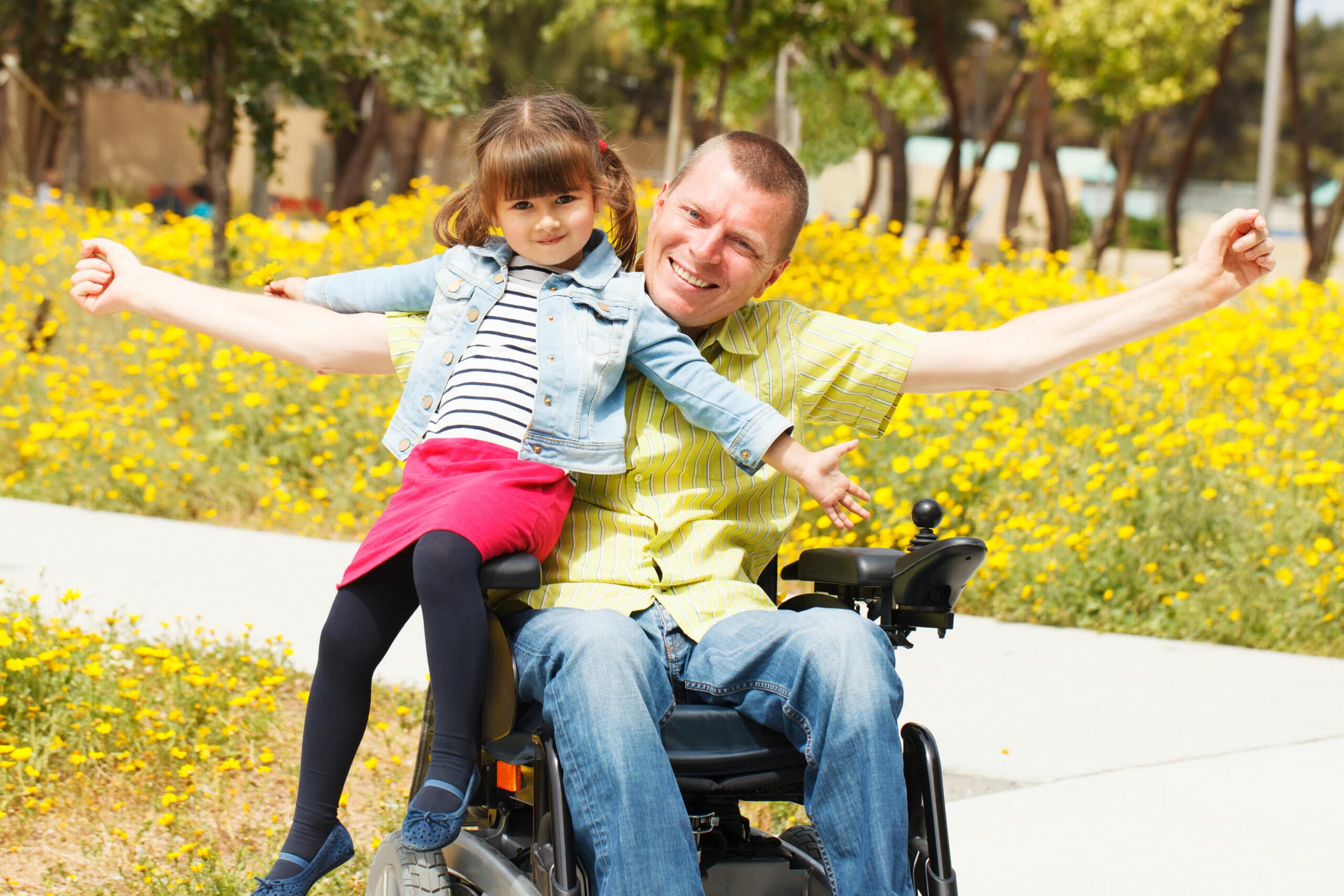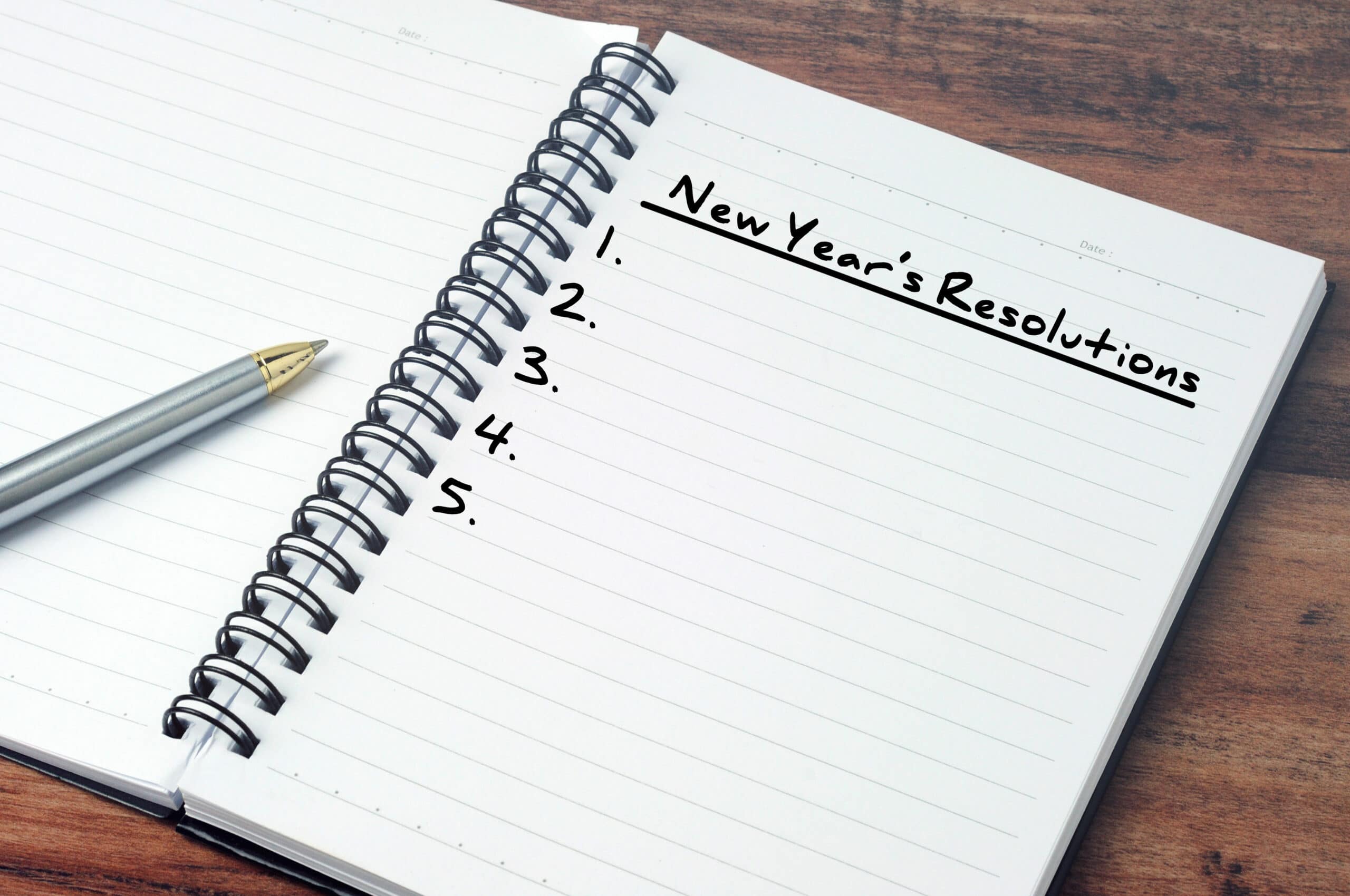In recent years, American business leaders have finally begun to catch on to what many in the disability community have always known—hiring individuals with disabilities is good business.
Not only do individuals with disabilities bring diverse perspectives, high productivity, strong problem-solving skills, low turnover and fierce employer loyalty, they also “improve your company’s bottom line,” writes Forbes Council member Karen Herson in a December 2021 post for Forbes.
In the same piece, Herson cites research illustrating that “many adults with autism possess higher-than-average abilities in pattern recognition, memory and mathematics—highly sought-after skills in the technology field and many other sectors.”
That’s one of the main reasons why many large corporations such as Ernst and Young, Dell Technologies, Microsoft, Freddie Mac, Ford and JP Morgan Chase have developed or are in the process of developing programs to train and recruit job candidates with autism spectrum diagnoses.
Now, a new job search platform aimed at autistic and other neurodivergent job seekers simplifies the job search for these individuals. According to Disability Scoop, “the Neurodiversity Career Connector is intended to connect neurodivergent job seekers with openings at companies that have neurodiversity hiring programs in place.”
Job openings include employment opportunities at well-known corporations such as Dell Technologies, Google, Travelers, IBM, Microsoft, Salesforce, Freddie Mac, HP, Ford, Wells Fargo, Bank of America, Prudential and SAP in locations across the United States.
The idea for the Career Connector was conceived through a business collaborative called the Neurodiversity@Work Employer Roundtable. A program of Disability: IN, “the leading nonprofit resource for business disability inclusion worldwide,” the Roundtable is made up of approximately 50 employers with hiring programs aimed at attracting neurodiverse employees. These employers are all seeking prospective employees with brain differences such as autism, dyslexia, dyspraxia, dyscalculia, Tourette Syndrome and attention deficit hyperactivity disorder (ADHD).
According to Disability: IN’s website, “[employers who are part of the Roundtable] share a belief that organizations thrive when they tap into the unique talents of their employees, and individuals thrive when they can present their best self at work.”
The Roundtable is open to new members and its webpage includes information for employers interested in starting their own neurodiversity focused hiring programs. Also on the webpage, employers can list job opportunities on the Career Connector, and find resources and blog posts related to neurodiversity in the workplace and diversity employment and inclusion topics. Webpage visitors will also find diversity hiring stories from Roundtable members, and testimonials from neurodiverse employees.
As recently as 2021, 85 % of college graduates with autism spectrum disorders were unemployed. Here’s hoping that programs such as the Neurodiversity@Work Employer Roundtable and its Career Connector platform can help bring about the change that’s desperately needed.













